Home>Furniture & Design>Interior Design Trends>How To Organize An Art Studio
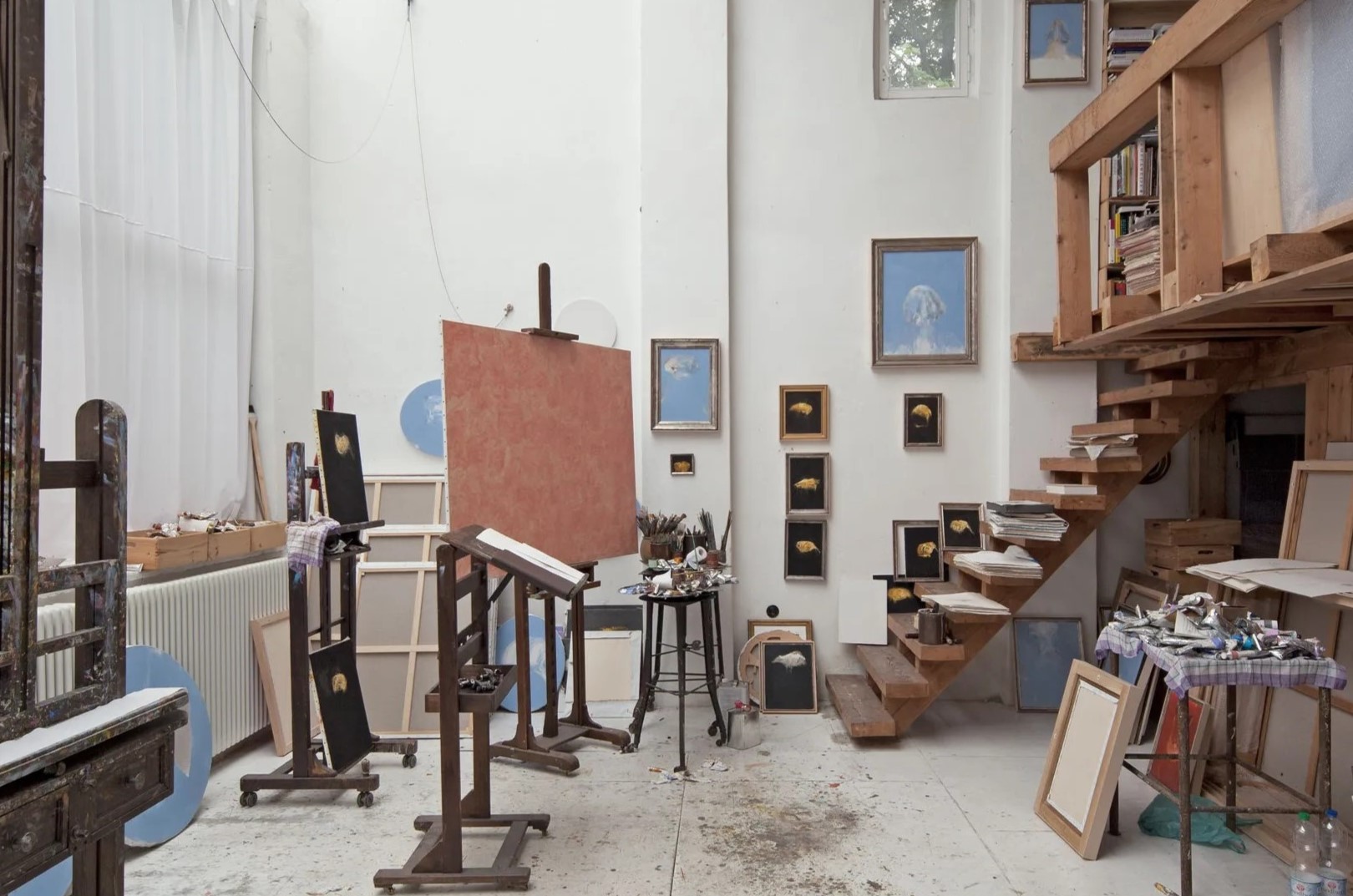

Interior Design Trends
How To Organize An Art Studio
Published: March 3, 2024
Discover the latest interior design trends for organizing your art studio. Get inspired with creative ideas to optimize your space and enhance productivity.
(Many of the links in this article redirect to a specific reviewed product. Your purchase of these products through affiliate links helps to generate commission for Storables.com, at no extra cost. Learn more)
Setting Up Your Space
Setting up your art studio is an exciting and essential step in unleashing your creativity. Whether you have a dedicated room or a small corner, creating a space that inspires and motivates you is crucial. Here are some tips to help you set up your art studio for maximum productivity and creativity.
-
Assess Your Space: Before diving into organizing your art studio, take a good look at the space you have. Consider the layout, natural light sources, and any existing furniture or storage options. This will help you determine the best way to utilize the space effectively.
-
Declutter and Clean: Start by decluttering the area. Remove any unnecessary items and clean the space thoroughly. A clean and clutter-free environment will set the stage for a more organized and inspiring art studio.
-
Define Your Zones: Depending on the type of art you create, consider creating different zones within your studio. For example, you may need a painting area, a drawing area, and a storage area for your supplies. By defining these zones, you can create a more organized and efficient workspace.
-
Inspiring Decor: Consider adding elements to your art studio that inspire and motivate you. This could be artwork, photographs, or even a vision board. Surrounding yourself with things that inspire you can help boost your creativity and make your studio a more enjoyable place to work.
-
Comfortable Seating: Since you may spend long hours in your art studio, it's essential to have comfortable seating. Whether it's a cozy chair or a cushioned stool, having a comfortable seating option can make your creative sessions more enjoyable.
-
Personal Touches: Infuse your personality into the space. Displaying your finished artwork, adding personal mementos, or incorporating your favorite colors can make the studio feel more like your own creative sanctuary.
Setting up your art studio is the first step in creating a space where you can freely express yourself and bring your artistic visions to life. By carefully considering the layout, decluttering, and adding personal touches, you can create a space that nurtures your creativity and enhances your artistic process.
Key Takeaways:
- Create a personalized art studio by assessing your space, decluttering, and adding inspiring decor. Organize your materials, utilize vertical storage, and choose comfortable seating for a productive and enjoyable creative space.
- Maintain a clean and inspiring art studio by regular cleaning, organized storage, and introducing natural elements. Be mindful of tool maintenance, create inspiring zones, and update your inspiration board for a rejuvenating creative environment.
Read more: How To Organize Studio Apartment
Choosing the Right Storage Solutions
When it comes to organizing an art studio, choosing the right storage solutions is crucial for keeping your materials and tools easily accessible and well-maintained. Here are some tips for selecting the best storage options for your art supplies:
-
Consider Your Needs: Assess the types of art supplies you have and how you prefer to access them. For example, if you have a large collection of paint tubes, consider a storage solution that allows you to organize them by color or type for easy retrieval.
-
Utilize Vertical Space: In a studio where space may be limited, utilizing vertical storage options can be a game-changer. Wall-mounted shelves, pegboards, and hanging organizers can help keep your supplies within reach while maximizing floor space.
-
Transparent Containers: Opt for transparent storage containers for smaller items such as brushes, pencils, and markers. Being able to see the contents at a glance can save time and make it easier to find what you need.
-
Modular Storage: Invest in modular storage units that can be customized to fit your specific needs. These versatile systems allow you to adjust the configuration as your storage requirements change over time.
-
Mobile Storage: Consider mobile storage options such as rolling carts or trolleys. These can be especially useful if you like to move around your studio while working on different projects.
-
Protective Storage: For delicate or valuable art supplies, such as pastels or specialty papers, consider storage solutions that offer protection from light, dust, and moisture. This could include airtight containers, acid-free portfolios, or specialized drawers.
-
Multi-Purpose Furniture: Look for furniture pieces that offer both storage and functionality. For example, a drafting table with built-in drawers or a storage ottoman that doubles as seating can help maximize space while keeping your supplies organized.
By carefully considering your storage needs and choosing the right solutions, you can create an art studio that is not only organized and efficient but also enhances your creative process. The right storage solutions can make a significant difference in how smoothly and inspiringly your art studio functions.
Arranging Your Materials and Tools
Arranging your materials and tools in your art studio is a crucial step in creating a functional and efficient workspace. Here are some tips to help you organize and arrange your art supplies and tools for easy access and optimal creativity:
-
Group Similar Items: Start by grouping similar items together. For example, gather all your paintbrushes in one area, organize your paints by color or type, and group your drawing tools such as pencils, erasers, and sharpeners.
-
Accessibility: Arrange your materials and tools based on how frequently you use them. Keep the items you use most often within easy reach, while those used less frequently can be stored in less accessible areas.
-
Workspace Organization: Consider organizing your materials based on the specific work areas in your studio. For example, keep your painting supplies near your easel, drawing materials near your drawing table, and crafting tools in a designated crafting area.
-
Labeling: Use labels or clear signage to identify the contents of drawers, containers, and shelves. This can save time and prevent frustration when searching for specific items, especially if you have a large collection of supplies.
-
Utilize Wall Space: Install wall-mounted organizers, pegboards, or shelving to keep frequently used tools within arm's reach. This not only saves space but also adds a visual element to your studio.
-
Tool Maintenance: Create a designated area for tool maintenance, such as sharpening pencils, cleaning brushes, or storing and organizing palette knives and other accessories. This ensures that your tools are always ready for use.
-
Consider Ergonomics: Arrange your materials and tools in a way that promotes good posture and ergonomic movement. This can help prevent unnecessary strain or discomfort during long creative sessions.
-
Flexible Storage: Invest in storage solutions that can adapt to your changing needs. Adjustable shelves, modular drawers, and stackable containers allow you to reconfigure your storage as your collection of materials and tools evolves.
By thoughtfully arranging your materials and tools, you can create a well-organized and efficient art studio that not only enhances your creative process but also makes it a joy to work in. A well-arranged studio can save time, reduce frustration, and ultimately inspire you to explore your artistic potential to the fullest.
Consider using clear storage containers to organize art supplies by category. Label each container to easily find what you need and keep your art studio tidy.
Creating a Functional Work Area
Creating a functional work area in your art studio is essential for optimizing your creative process and productivity. Here are some key considerations for designing a work area that supports your artistic endeavors:
-
Ergonomic Layout: Arrange your work area in a way that promotes good posture and comfort. Ensure that your chair, table, easel, or any other work surfaces are at the right height to prevent strain and fatigue during long periods of creating.
-
Ample Lighting: Adequate lighting is crucial for any art studio. Natural light is ideal, but if that's not possible, invest in high-quality artificial lighting that mimics natural daylight. Position your lighting to minimize glare and shadows on your work surface.
-
Functional Furniture: Choose furniture that serves your specific artistic needs. Whether it's a drafting table with adjustable angles, a sturdy easel, or a comfortable chair with proper back support, your furniture should enhance your creative process and comfort.
-
Tool Accessibility: Keep frequently used tools and materials within arm's reach of your work area. This could include brushes, pencils, erasers, palettes, and any other tools you use regularly. This accessibility can save time and make your creative process more seamless.
-
Inspiring Surroundings: Surround your work area with elements that inspire and motivate you. This could be artwork, photographs, or objects that hold personal significance. Creating a visually stimulating environment can enhance your creativity and make your work area a place you look forward to spending time in.
-
Organization and Cleanliness: Keep your work area organized and clutter-free. Use containers, drawers, and organizers to keep your materials and tools neatly arranged. A clean and organized work area can help clear your mind and focus on your creative endeavors.
-
Personalization: Infuse your personality into your work area. Display your artwork, add decorative elements that resonate with you, and make the space your own. Personal touches can make your work area feel more inviting and conducive to creativity.
By creating a functional work area that is tailored to your artistic needs, you can establish a space where you can fully immerse yourself in your creative process. A well-designed work area can enhance your comfort, inspiration, and overall artistic output.
Maintaining a Clean and Inspiring Environment
Maintaining a clean and inspiring environment in your art studio is essential for fostering creativity and productivity. Here are some key strategies to ensure that your studio remains a space that nurtures your artistic endeavors:
-
Regular Cleaning: Schedule regular cleaning sessions to keep your art studio free from dust, clutter, and debris. Wiping down surfaces, sweeping the floors, and dusting shelves and furniture can help maintain a clean and inviting environment.
-
Organized Storage: Continuously assess and reorganize your storage solutions to keep your art supplies and tools neatly arranged. Return items to their designated places after each use to prevent clutter from accumulating.
-
Decluttering: Periodically declutter your art studio by purging items that you no longer need or use. This can help free up space and create a more streamlined and inspiring environment.
-
Inspiring Decor: Refresh the decor in your art studio to keep the space visually stimulating. Consider rotating artwork, adding new inspirational pieces, or incorporating elements that reflect your evolving creative interests.
-
Natural Elements: Introduce natural elements such as plants or flowers into your studio to bring a sense of vitality and freshness. Natural elements can contribute to a calming and rejuvenating atmosphere.
-
Mindful Maintenance: Be mindful of the materials and tools you use, and ensure that they are properly cleaned and maintained. This not only prolongs the life of your supplies but also contributes to a more organized and efficient workspace.
-
Creative Zones: Consider creating different creative zones within your studio for various artistic activities. This can help maintain a sense of order and purpose within the space.
-
Inspiration Board: Create an inspiration board or wall where you can display images, quotes, and other visual stimuli that ignite your creativity. Updating this board regularly can keep your creative energy flowing.
By implementing these strategies, you can ensure that your art studio remains a clean, organized, and inspiring environment that supports your artistic pursuits. A well-maintained studio can have a profound impact on your creativity and overall enjoyment of the artistic process.
Frequently Asked Questions about How To Organize An Art Studio
Was this page helpful?
At Storables.com, we guarantee accurate and reliable information. Our content, validated by Expert Board Contributors, is crafted following stringent Editorial Policies. We're committed to providing you with well-researched, expert-backed insights for all your informational needs.
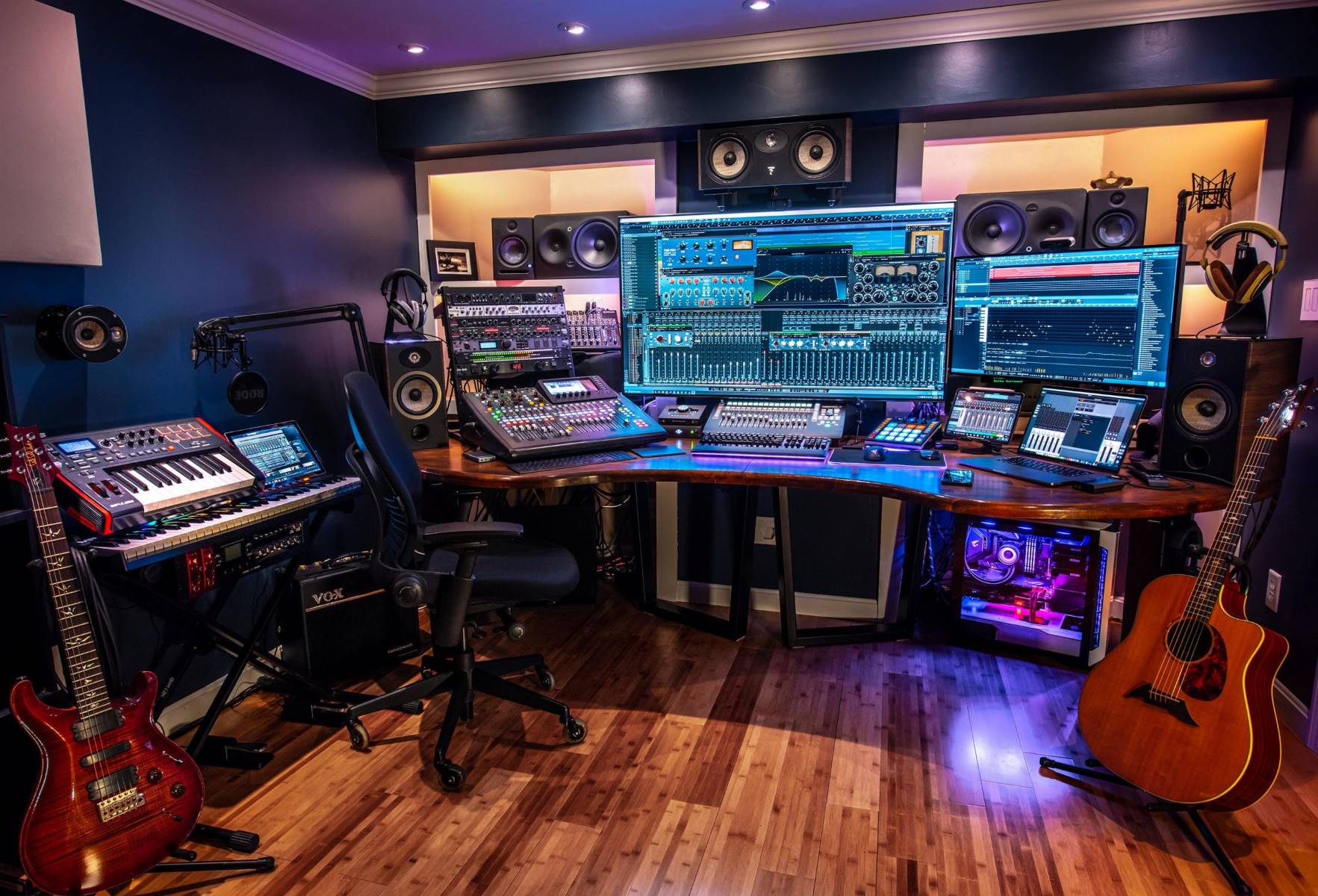
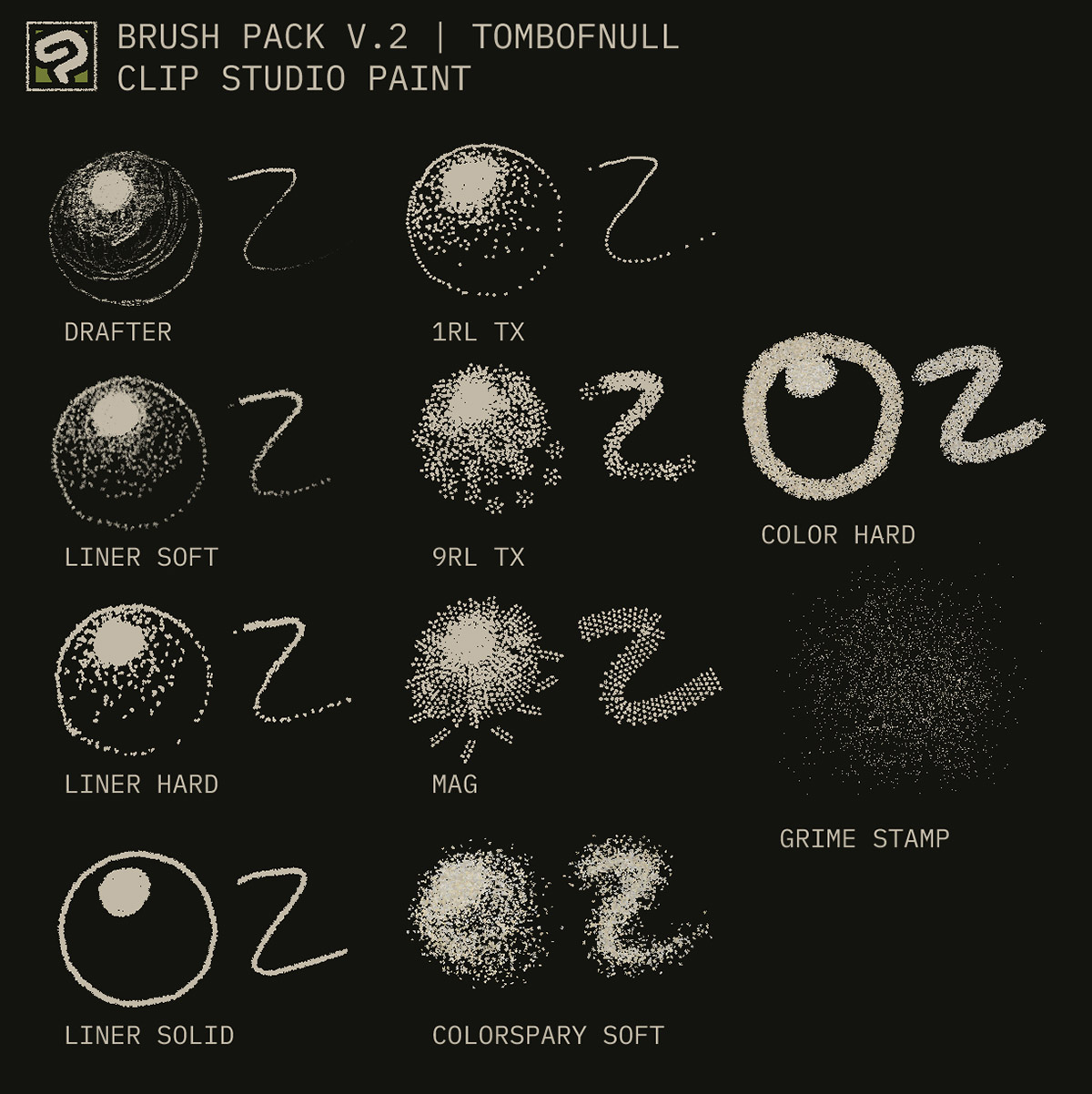
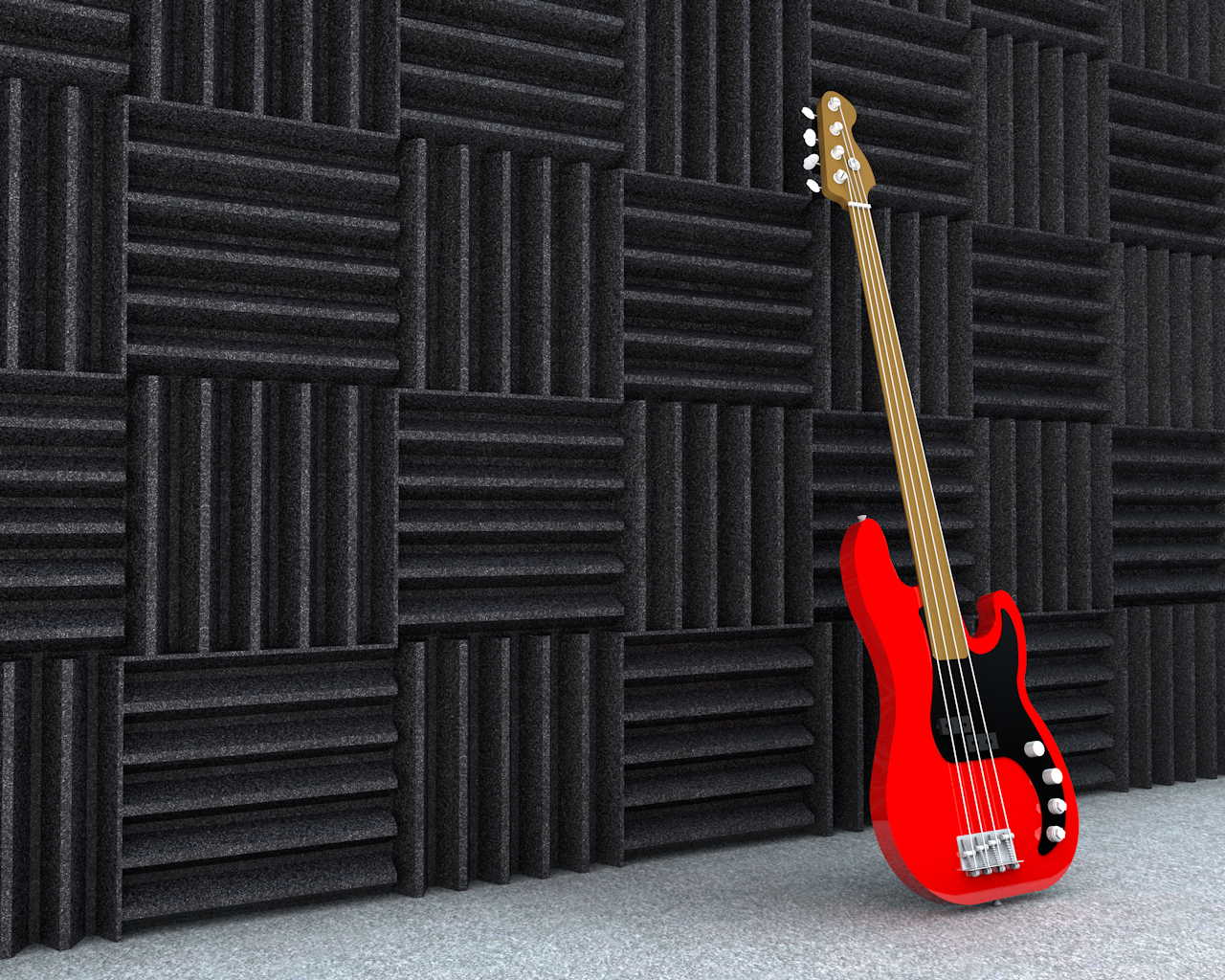
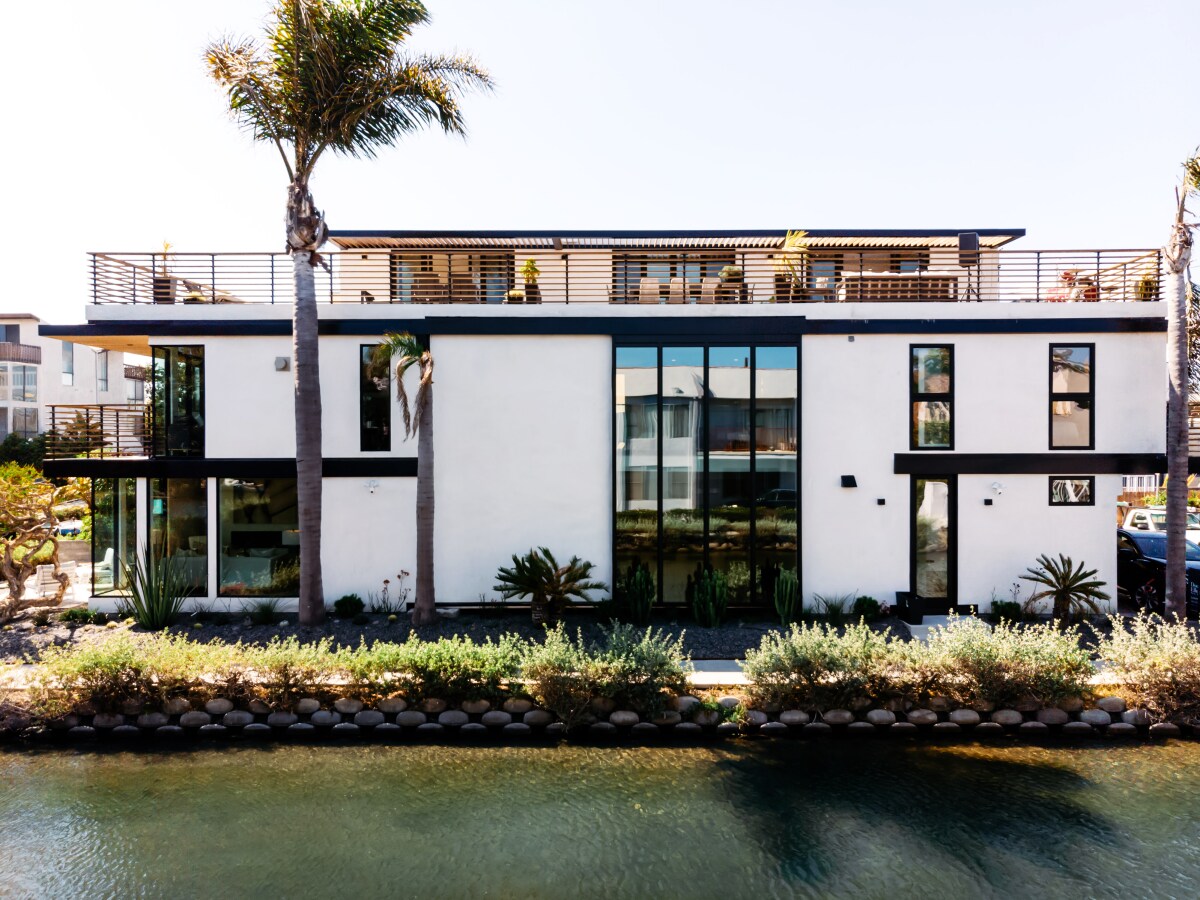
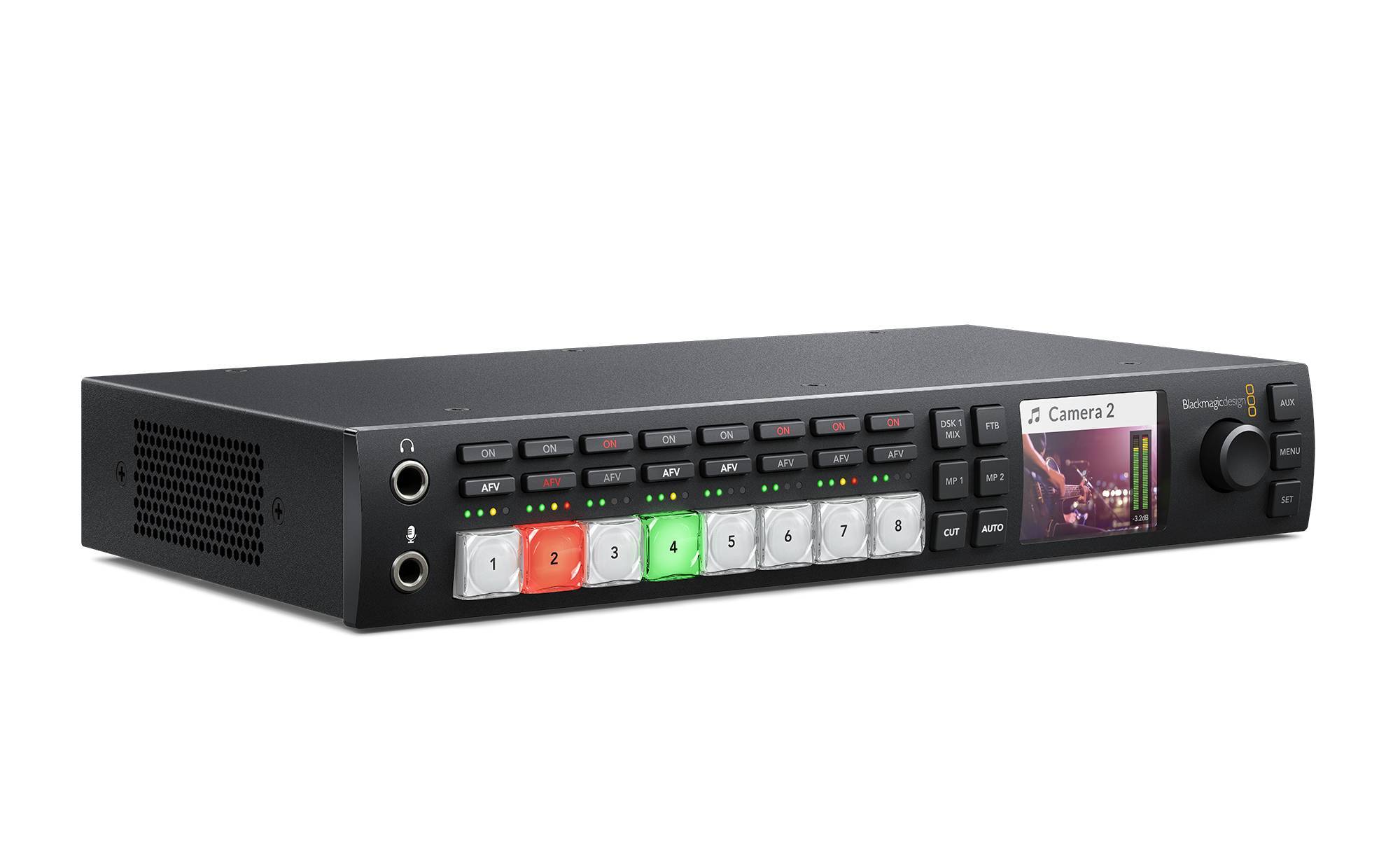
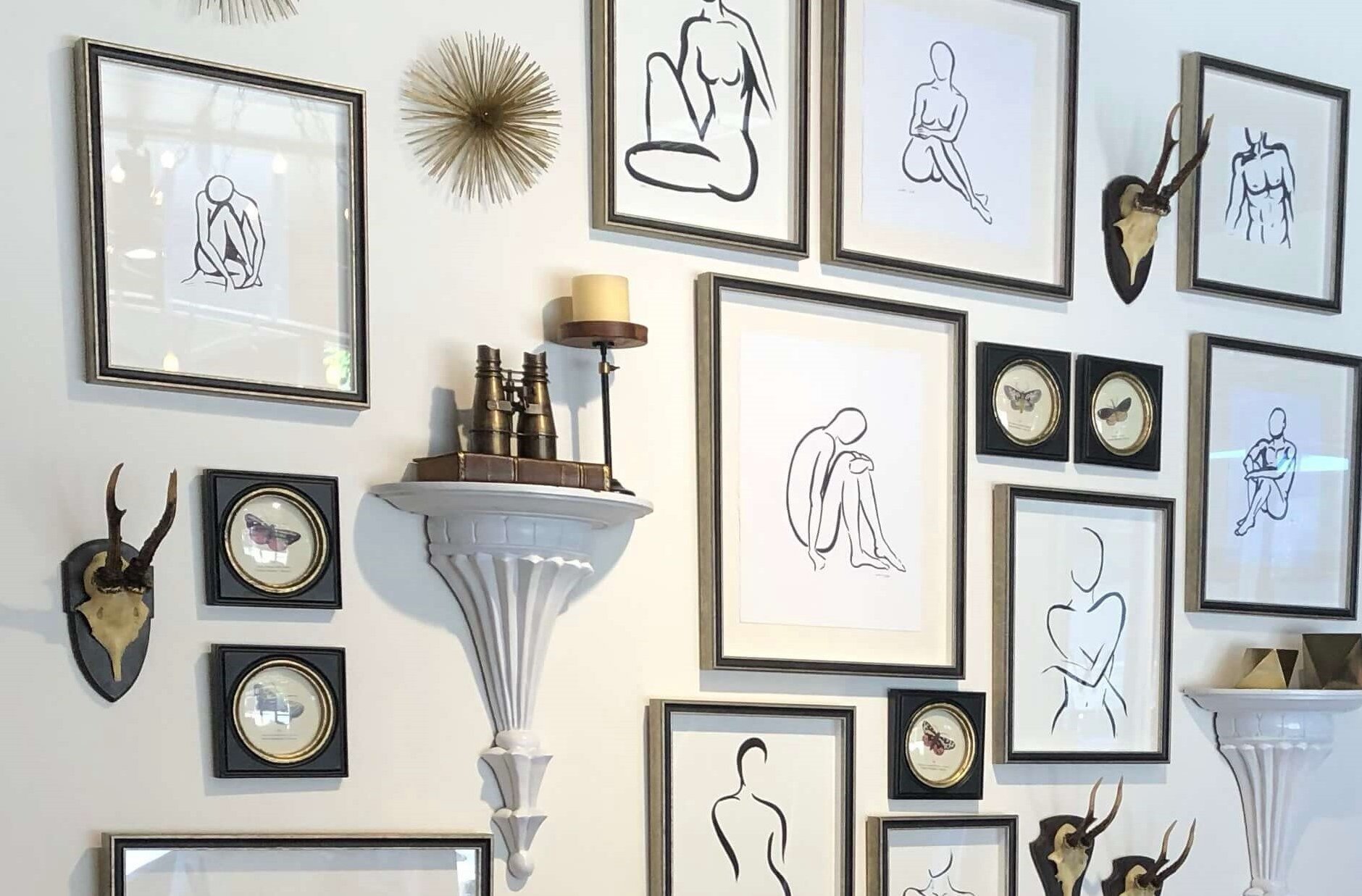
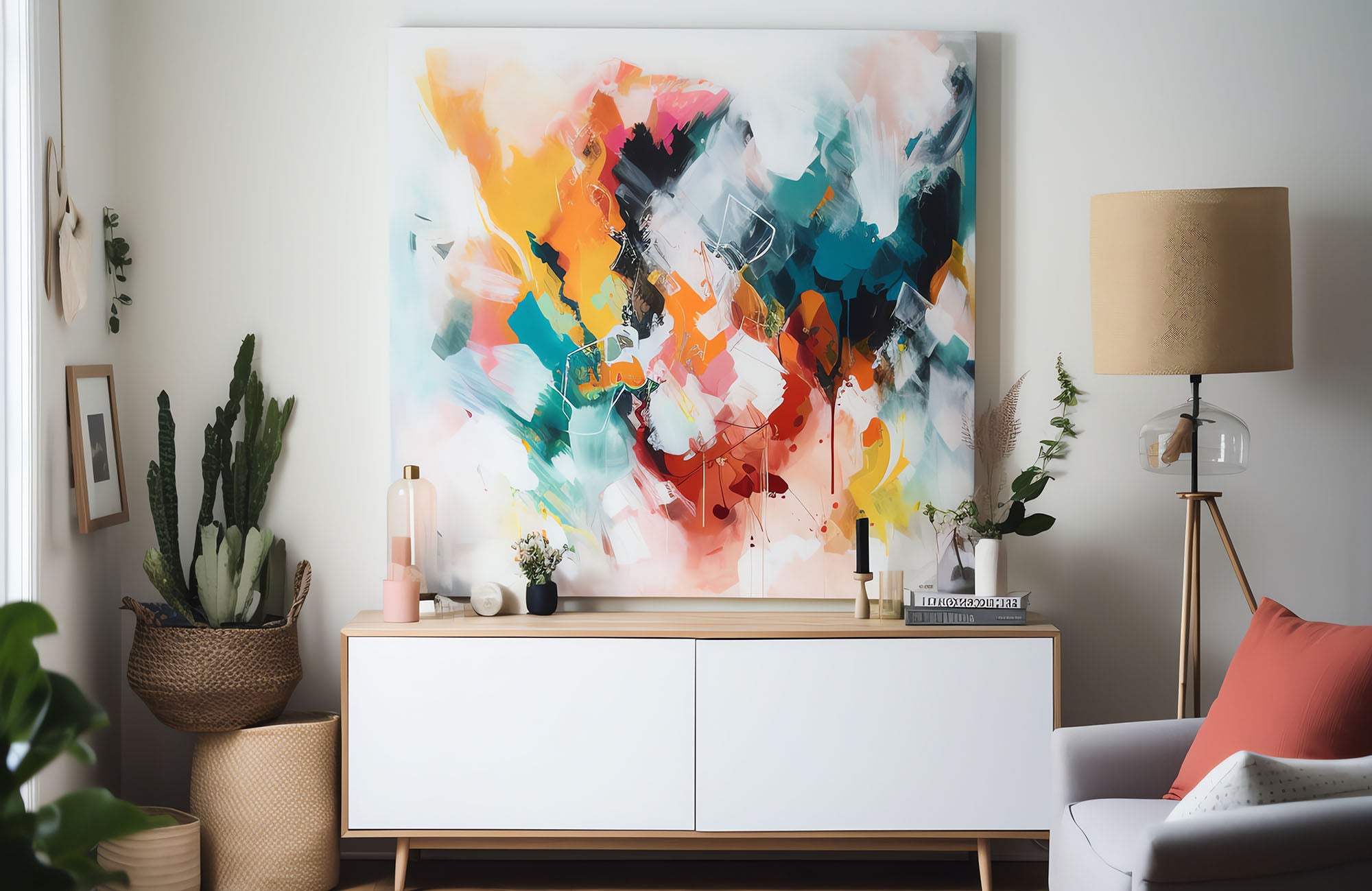
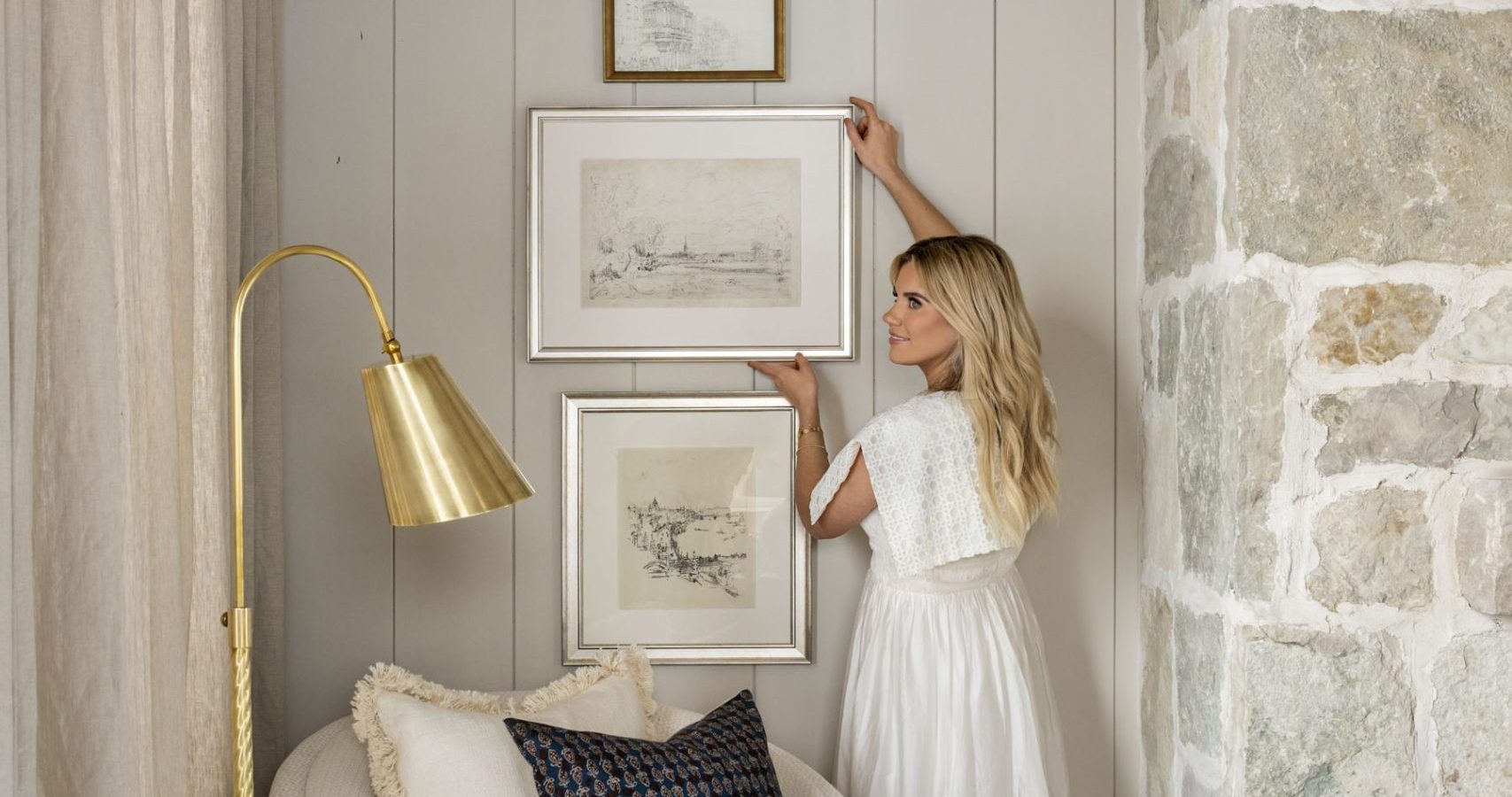
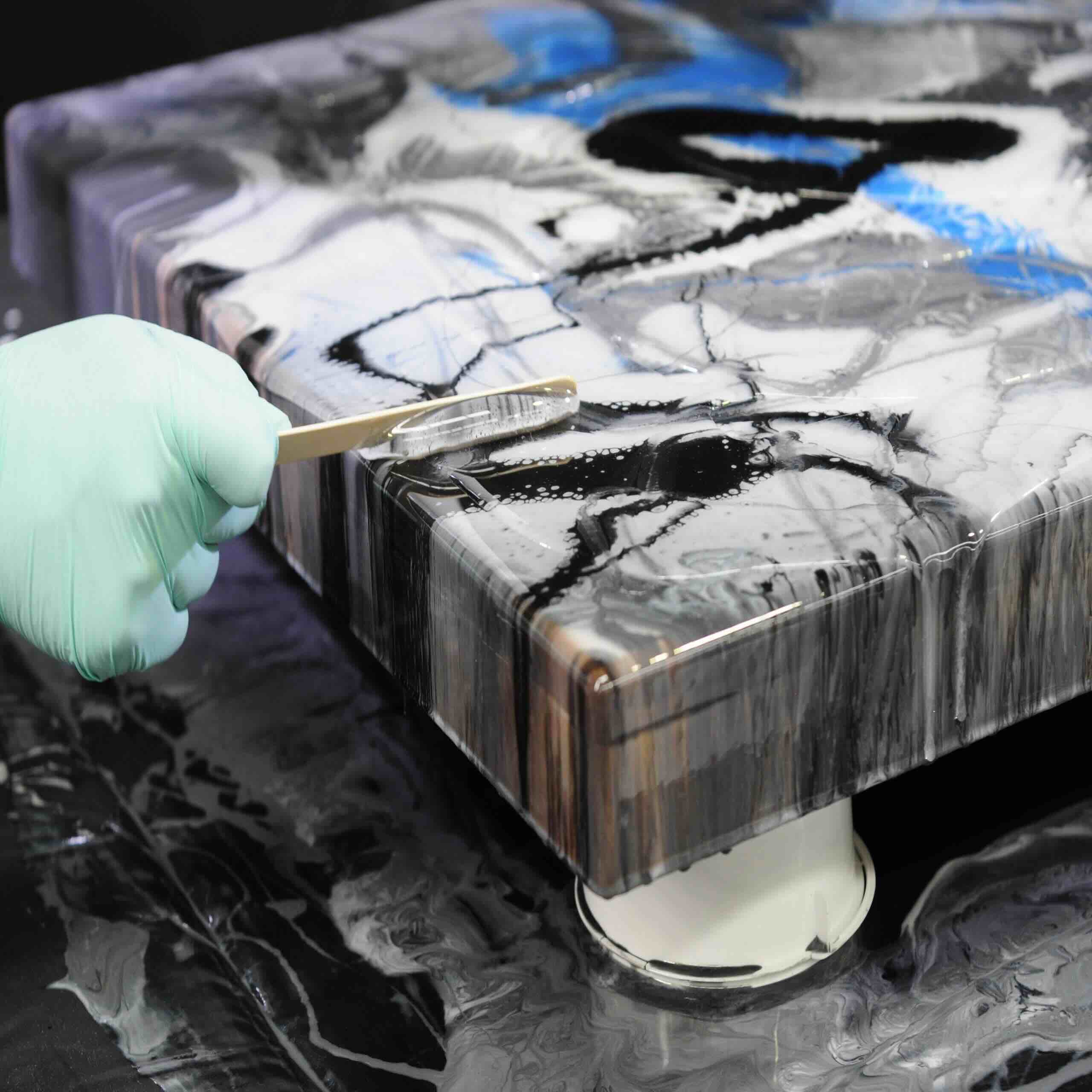
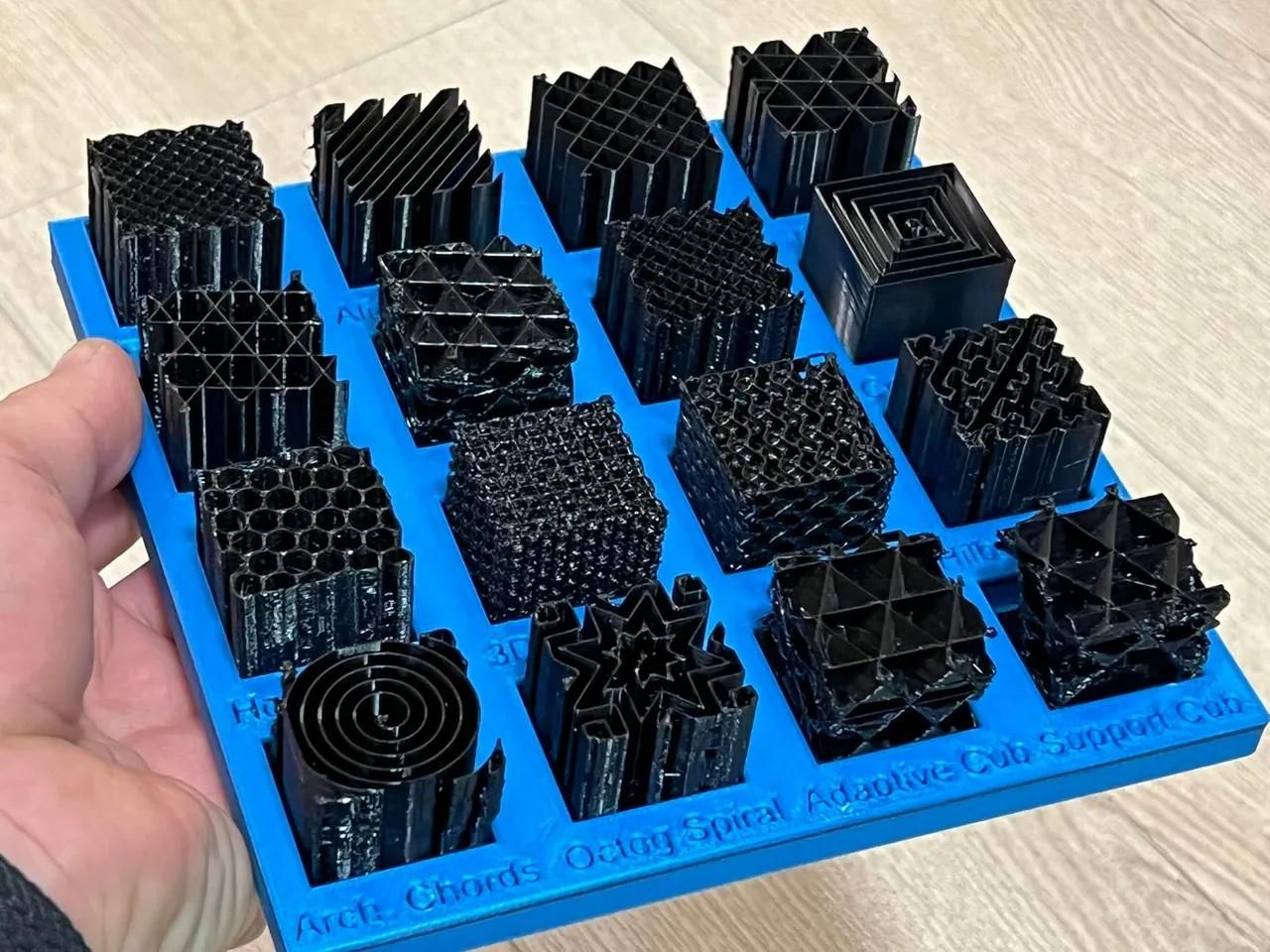
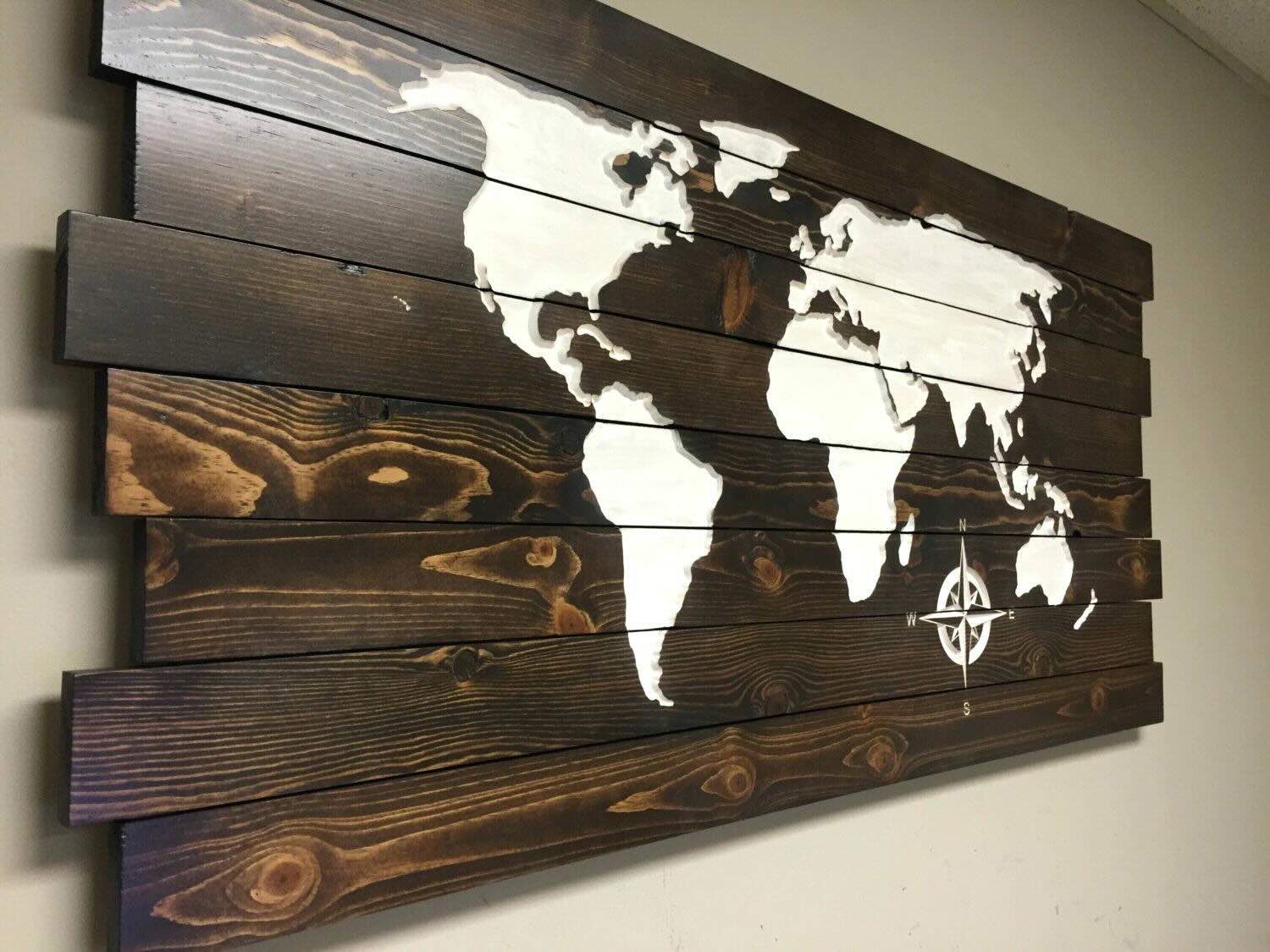
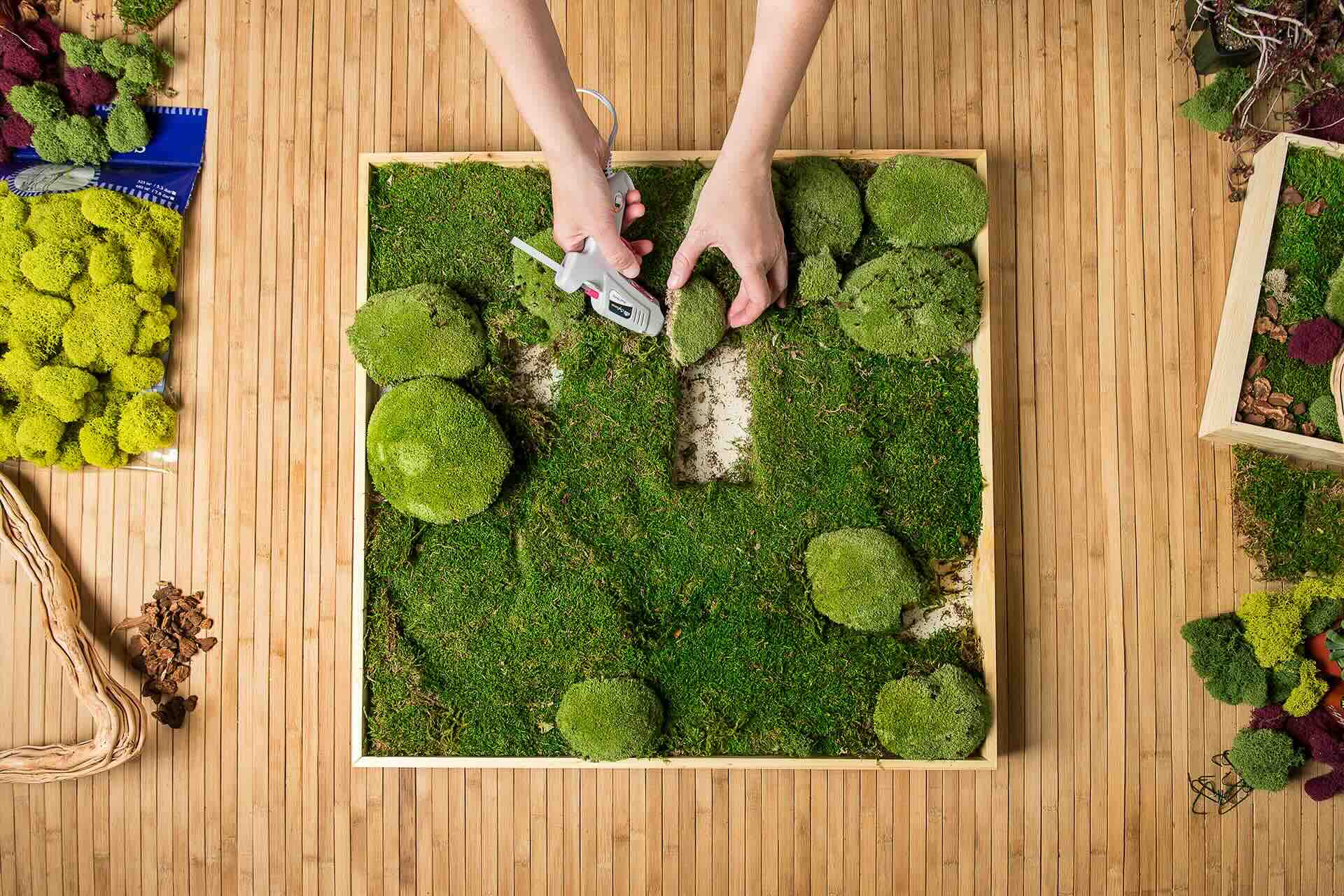
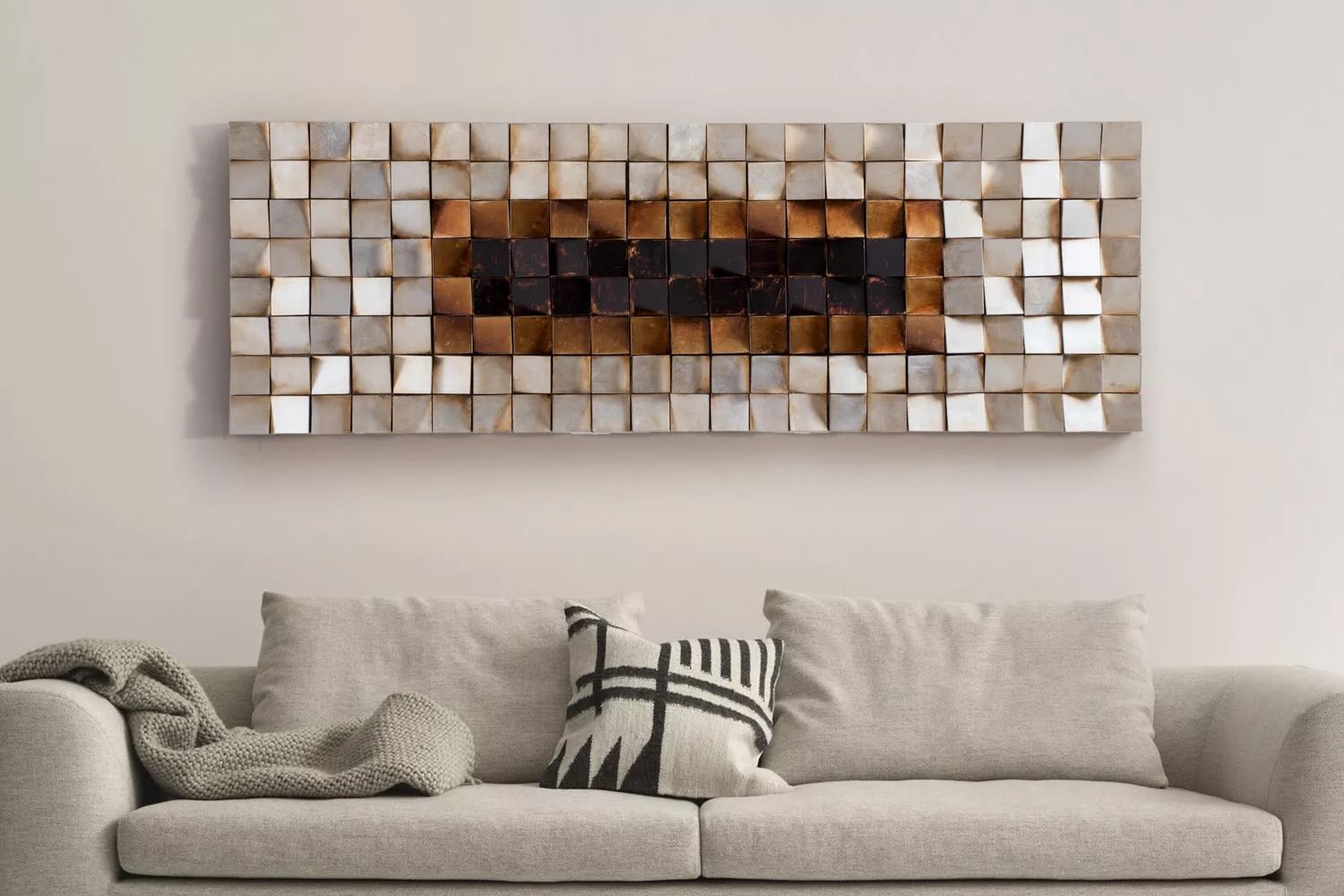
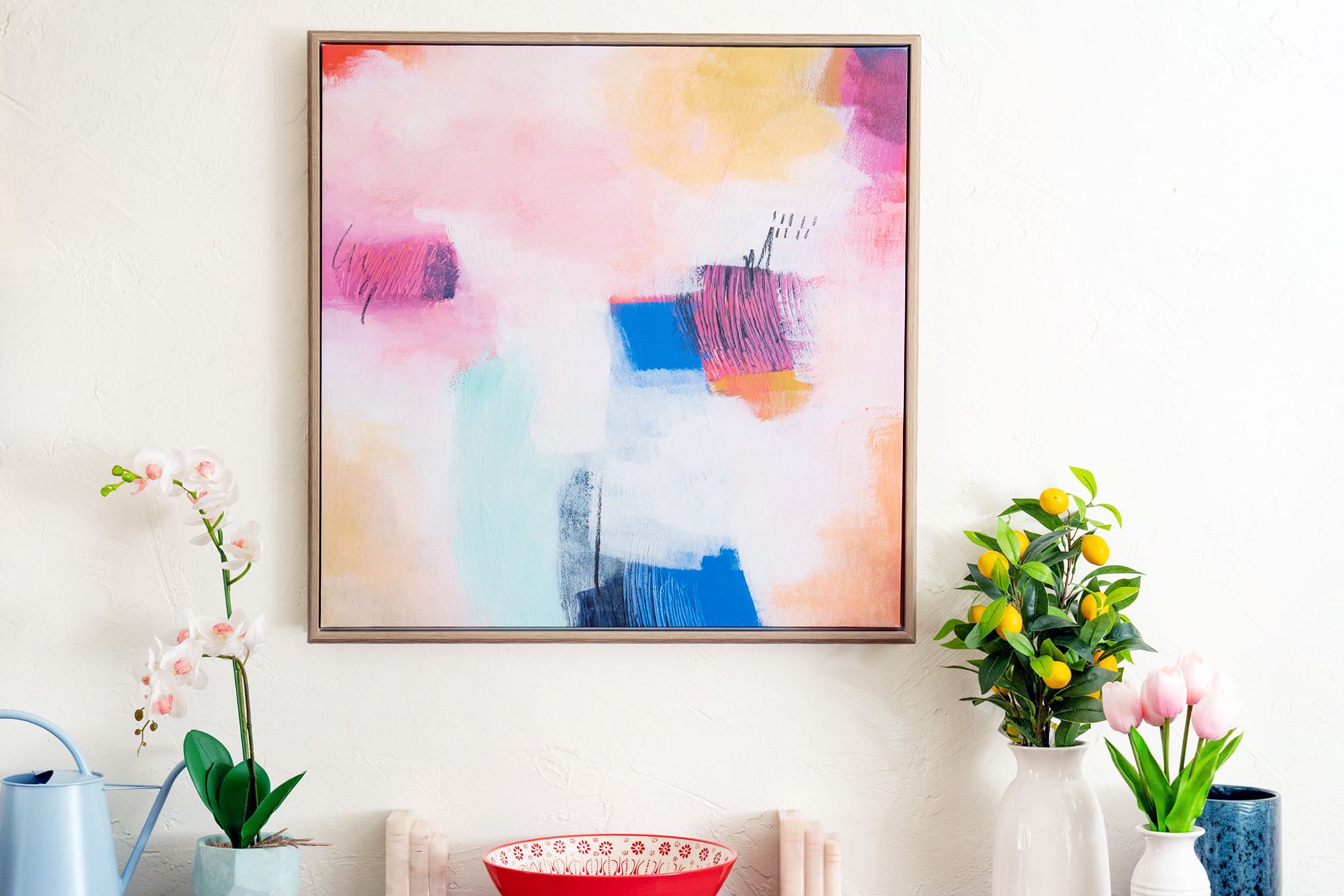
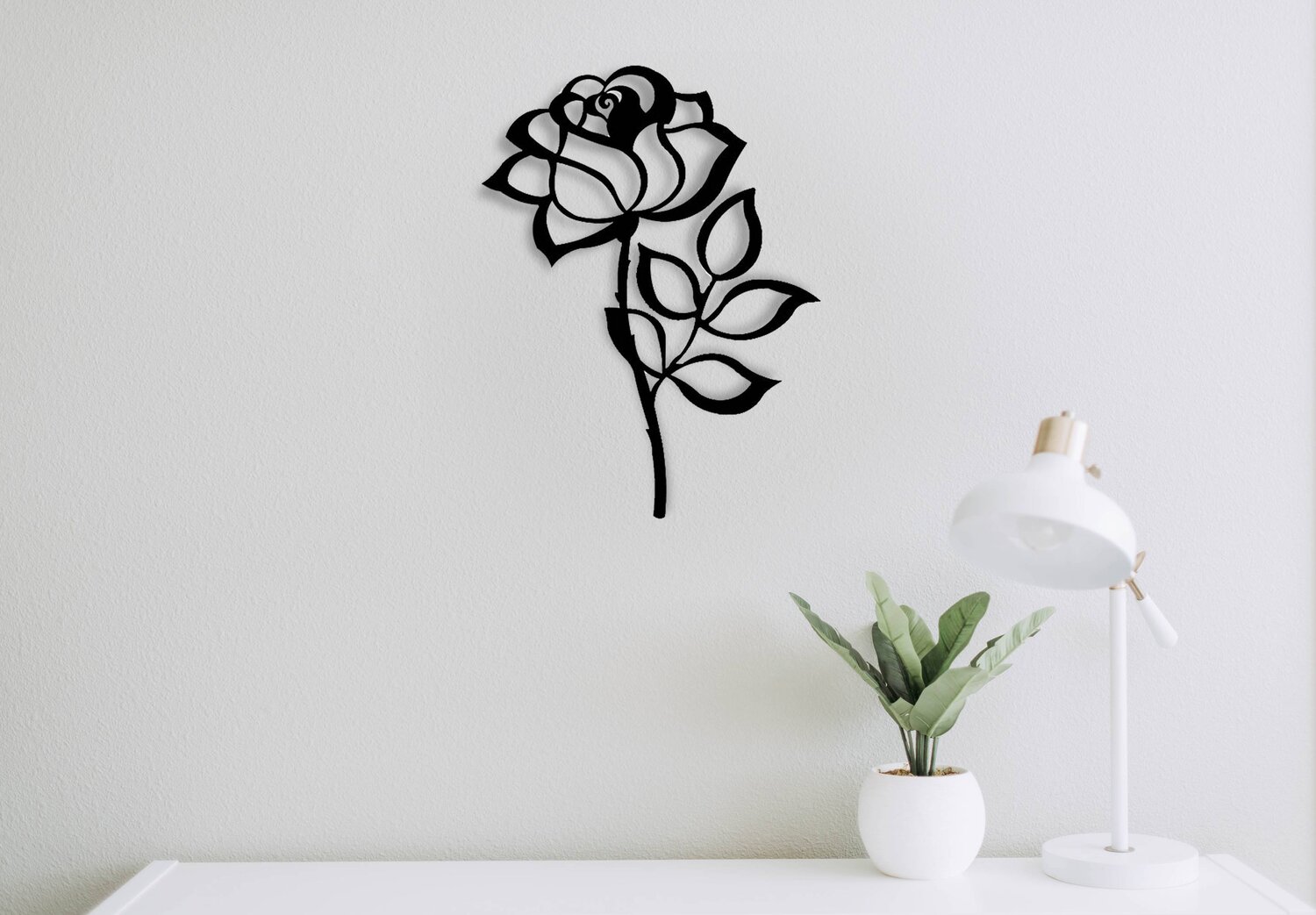

0 thoughts on “How To Organize An Art Studio”